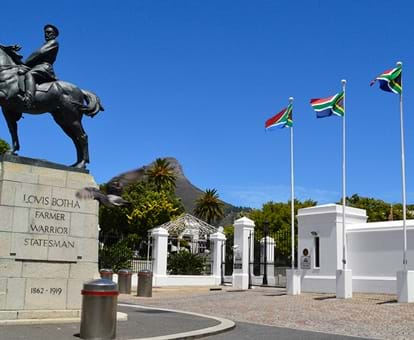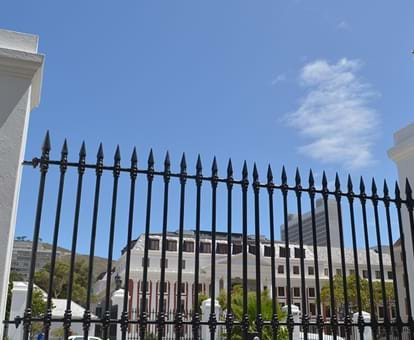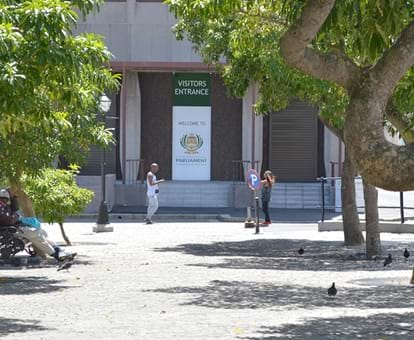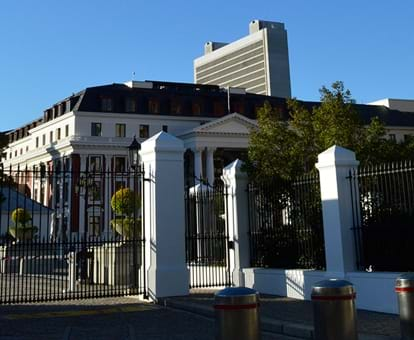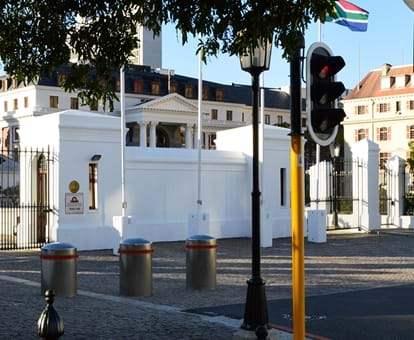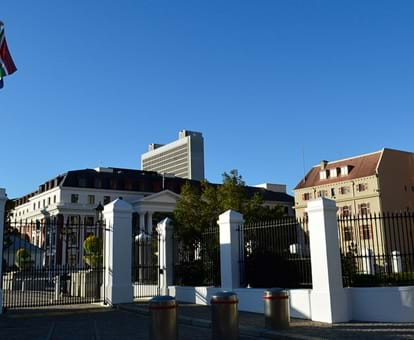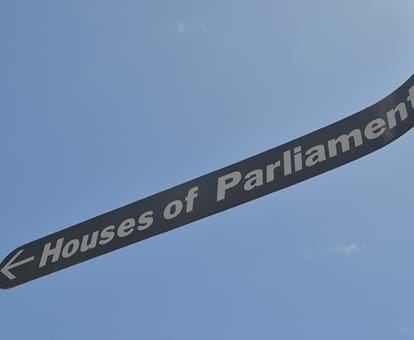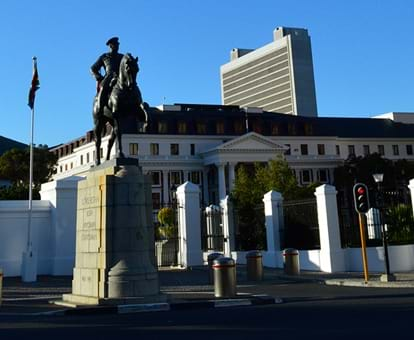By creating an account, I agree to the
Terms of service and Privacy policy
Choose your country and language:
Africa
Americas
Asia Pacific
Europe
IIn the heart of Cape Town lie the Company’s Garden which boasts a large number of beautifully designed historic buildings, including the Houses of Parliament. Built in 1885, this inner sanctum of South African politics has seen its fair share of important moments and people important to the history of our country. .
Strolling through the lush Company’s Garden, you will see the South African Library on your left and the beautiful Houses of Parliament on your right.
The original building, complete with Corinthian porticos and a huge dome, was designed by Charles Freeman. The House of Assembly was the design of well-known architect, Sir Herbert Baker.
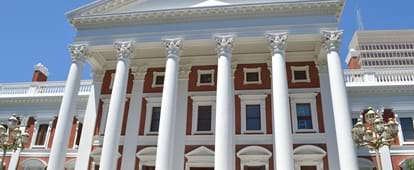
BBuilt in 1885, the Houses of Parliament have since been one of the most dramatic political arenas in the world, at times rivalling even the British House of Lords for its lively debates.
In 1890 Cecil John Rhodes was elected prime minister of the Cape Colony and his government occupied these halls of power for 5 years. In 1895 Rhodes, having backed the ill-fated Jameson Raid aimed at overthrowing President Paul Kruger’s gold-rich Transvaal, and was forced to resign his position.
The Houses of Parliament in stood in witness to debates concerning the South African Anglo-Boer War, World War I, World War II and the political changing of the guard, from the United Party of General Jan Smuts to the National Party, whose brainchild was the loathed apartheid system.
The Houses of Parliament
IIn 1960, shortly before South Africa was declared a republic, the prime minister of Britain, Sir Harold MacMillan, made a speech in the South African Parliament that resounded around the world.
Dubbed the ‘Winds of Change speech’, it presaged Britain’s intent to free herself of her African colonies and ushered in a new era for the continent.
A scant 6 years later, there was high drama in the House of Assembly as a parliamentary messenger called Dimitri Tsafendas stabbed to death 1 of the grand masters of apartheid, Dr Hendrik Verwoerd, prime minister of South Africa at the time.
SSome of the most stirring events in the Houses of Parliament during the apartheid era took place when opposition party members stood up to hold the Nationalist government to account for the disastrous effects of apartheid.
In 1994, the Houses of Parliament were witness to yet another phase for South Africa when Nelson Mandela stood up as the president after the country’s 1st democratic elections.
PPolitics aside, some of the main features enjoyed by visitors to the Houses of Parliament today are the 4000-odd collected artworks on display.
They embrace a wide range of creativity throughout the generations that have passed, and include a busy landscape painting by the jaunty French explorer Francois le Vaillant, pieces of satire by Daniel Boonzaier, a portrait of General Smuts by Sir William Orpen and an enormous Keiskamma Tapestry woven by the women of the village of Hamburg in the Eastern Cape.
Related Articles

